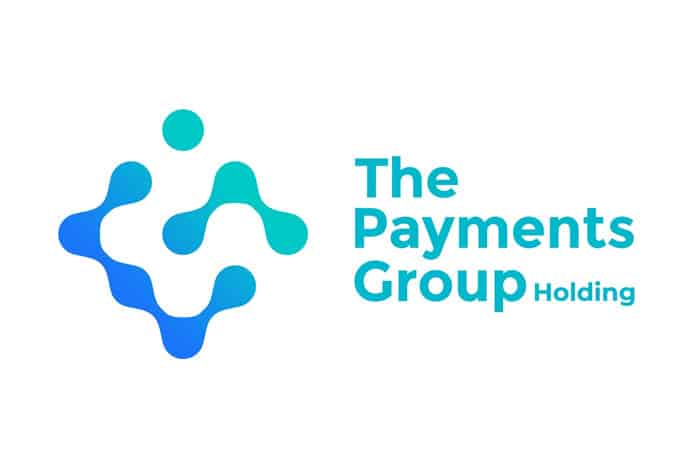If you’re managing a WordPress site, you’ve probably heard of SEO, or Search Engine Optimization. But what does it really mean for your website? How can you use it to stand out in the vast ocean of online content and ensure your site gets the visibility it deserves?
The good news: SEO doesn’t have to be a mystery. By understanding a few core principles and making consistent improvements, you can transform your site into one that ranks well on Google and other search engines. Even better, these changes will often make your website more enjoyable for users too, a true win-win situation.
In this guide, we’ll break down SEO optimization for Beginners into actionable steps, giving you a clear path to better rankings and greater online success.
Why SEO Matters
At its core, SEO is about visibility. When someone searches for something relevant to your website, you want to appear on the first page of search results—ideally near the top. Why? Because studies show that the majority of users don’t look beyond the first few results. Without SEO, even the best content can go unnoticed.
SEO isn’t just about driving traffic; it’s about driving targeted traffic. By attracting people who are searching for exactly what you offer, you increase the likelihood of turning visitors into loyal followers, customers, or clients. Plus, good SEO enhances the user experience by making your site faster, more intuitive, and better organized.
In short, SEO is the bridge between your website and the audience you want to reach.
Step 1: Build a Strong Technical Foundation
Before diving into content and keywords, ensure your site’s technical setup is solid. A poorly performing website can hold back even the most brilliant content.
1.1 Choose Fast, Reliable Hosting
The speed of your website plays a significant role in how search engines rank it. If your site is slow to load, not only will visitors leave in frustration, but Google will also penalize you in search rankings.
Opt for a hosting provider known for performance and WordPress compatibility, such as Mojohost (Find more informatio about Mojohost VPS here). The provider should optimize your server for WordPress, ensuring fast load times and high reliability
1.2 Test and Improve Site Speed
Use tools like Google PageSpeed Insights or GTmetrix to measure your site’s speed and identify areas for improvement. Common recommendations include compressing images, reducing unnecessary plugins, and enabling caching. Tools like WP Rocket can help simplify this process.
1.3 Enable HTTPS
Security is not optional in today’s online landscape. HTTPS (indicated by the padlock icon in your browser) reassures visitors that your site is safe and encrypted. It’s also a ranking factor for Google. Enabling HTTPS is usually as simple as activating a free SSL certificate through your hosting provider.
1.4 Optimize for Mobile
With mobile devices accounting for over 70% of global web traffic, a mobile-friendly website is non-negotiable. Most modern WordPress themes are responsive by default, but don’t leave this to chance. Test your site using Google’s Mobile-Friendly Test to ensure everything looks great and functions smoothly on smaller screens.
Step 2: Craft Content That Ranks and Resonates
Content is the heart of SEO. High-quality, relevant content not only attracts search engines but also keeps visitors engaged.
2.1 Master Keyword Research
Keyword research is the foundation of effective content creation. Start by identifying the terms and phrases your target audience is searching for. Tools like Google Keyword Planner, Ahrefs, and Ubersuggest can provide valuable insights into popular search queries.
Avoid the temptation to target overly broad keywords. Instead, focus on long-tail keywords—specific phrases that are less competitive but more likely to attract the right audience.
2.2 Structure Your Content for Clarity
A clear and logical structure helps both users and search engines navigate your content. Break your text into sections with descriptive headings:
- H1: Use for your main title (e.g., “The Ultimate Guide to WordPress SEO”).
- H2 and H3: Use these for subheadings to divide your content into digestible chunks.
This approach not only improves readability but also signals to Google what your content is about.
2.3 Optimize Meta Titles and Descriptions
Meta titles and descriptions appear in search engine results and act as the first impression of your page. Make them count:
- Include your main keyword naturally.
- Keep titles under 60 characters and descriptions under 155 characters.
- Make them compelling and relevant to entice clicks.
2.4 Focus on Value-Driven Content
Search engines reward content that provides value. This could mean answering common questions, solving a specific problem, or offering unique insights. A few tips:
- Be concise: Use short paragraphs and bullet points where possible.
- Use visuals: Images, charts, and videos make content more engaging.
- Link internally: Guide readers to other relevant pages on your site to keep them engaged longer.
Step 3: Leverage the Power of SEO Plugins
WordPress offers a variety of plugins that simplify SEO management. While there are many options, these stand out for their functionality and ease of use:
3.1 Yoast SEO
This user-friendly plugin helps with meta tags, XML sitemaps, and readability analysis. It’s perfect for beginners and advanced users alike.
3.2 Rank Math
A strong alternative to Yoast, Rank Math offers advanced features like schema markup and a built-in keyword rank tracker.
3.3 Imagify
This plugin optimizes images by compressing their size without sacrificing quality, which can dramatically improve page load times.
Step 4: Build Authority Through Backlinks

4.1 How to Earn Backlinks
Guest Blogging: Write articles for blogs in your industry and include links back to your site.
Create Shareable Content: Publish unique resources, like infographics or in-depth guides, that others will want to link to.
Network: Build relationships with other site owners in your niche, collaboration often leads to mutual linking opportunities.
4.2 Avoid Spammy Practices
Never purchase backlinks or participate in link schemes. These shortcuts can harm your rankings and damage your reputation. Instead, focus on steady, organic link-building efforts. It is important to ensure that the linking websites are as relevant as possible to the content of your website. Sometimes less is more, linkbuilding is a long run, take your time!
Step 5: Monitor, Analyze, and Adapt
SEO is not a one-time task. It requires continuous monitoring and tweaking to stay ahead.
5.1 Track Your Performance
- Use Google Analytics to understand your audience and how they interact with your site.
- Check the Google Search Console to identify technical issues and track which keywords are driving traffic.
5.2 Refine Your Strategy
Tools like Ahrefs, SEMrush, and Screaming Frog offer deep insights into your site’s SEO performance and your competitors’ strategies. Use this data to refine your approach and identify new opportunities.
Conclusion: SEO for WordPress Is an Ongoing Journey
Optimizing your WordPress site for SEO can feel like a big undertaking, but the rewards are worth it. A faster, more visible, and user-friendly website not only improves your search rankings but also strengthens your brand.
Focus on the essentials: a solid technical setup, engaging content, and strategic link-building. With time and consistent effort, your WordPress site will climb the search rankings and deliver real value to your audience.
Don’t wait, start optimizing today, and watch your website’s potential unfold!










